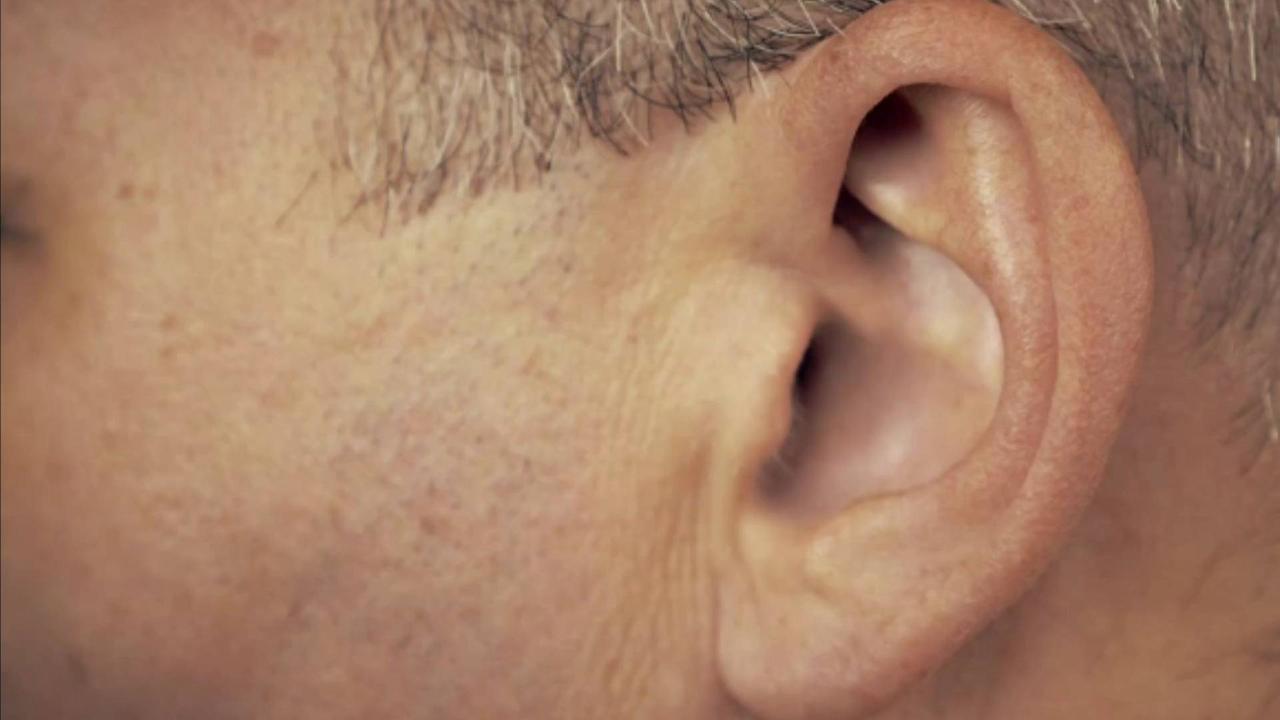
Human Middle Ear , Evolved From Fish Gills, Study Suggests.
According to a new study of a 438-million-year-old fossilized fish brain, the middle ear of humans evolved from fish.
'Newsweek' reports that scientists managed to recreate seven virtual casts of the fossilized braincase of an ancient Shuyu fish.
The team from the Institute of Vertebrate Paleontology and Paleoanthropology (IVPP) studied the spiracle, slits behind the eyes which allow some species to breathe.
The spiracle is responsible for the intake of water before it is expelled from the gills of sharks and rays.
The spiracle is responsible for the intake of water before it is expelled from the gills of sharks and rays.
These fossils provided the first anatomical and fossil evidence for a vertebrate spiracle originating from fish gills, Professor Zhikun Gai, first author of the study from the Institute of Vertebrate Paleontology and Paleoanthropology, via 'Newsweek'.
According to the team, the spiracle evolved into the ear of modern four legged vertebrates.
According to the team, the spiracle evolved into the ear of modern four legged vertebrates.
Over time, the spiracle developed into the hearing canal which transmits sound to the brain through tiny inner ear bones.
Our finding bridges the entire history of the spiracular slit, bringing together recent discoveries from the gill pouches of fossil jawless vertebrates, via the spiracles of the earliest jawed vertebrates, to the middle ears of the first tetrapods, which tells this extraordinary evolutionary story, Professor Per Ahlberg, Uppsala University and collaborator on the research, via 'Newsweek'.
Our finding bridges the entire history of the spiracular slit, bringing together recent discoveries from the gill pouches of fossil jawless vertebrates, via the spiracles of the earliest jawed vertebrates, to the middle ears of the first tetrapods, which tells this extraordinary evolutionary story, Professor Per Ahlberg, Uppsala University and collaborator on the research, via 'Newsweek'.
The team's research was published in the journal 'Frontiers in Ecology and Evolution.'
